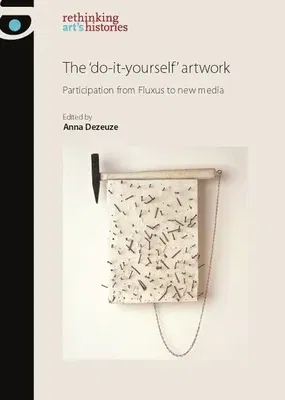Viewers of contemporary art are often invited to involve themselves
actively in artworks, by entering installations, touching objects,
performing instructions or clicking on interactive websites. Why have
artists sought to engage spectators in these new forms of participation?
In what ways does active participation affect the viewer's experience
and the status of the artwork? Spanning a range of practices including
kinetic art, happenings, environments, performance, installations,
relational and new media art from the 1950s to the present, this
critical anthology sheds light on the history and specificity of
artworks that only come to life when you - the viewer - are invited to
'do it yourself.'
The volume consists of fifteen essays by art historians, critics and
curators, which are divided into three sections. Part I addresses the
emergence of spectator participation in the 1960s, while Part II brings
together in-depth case studies of specific participatory practices in
the 1960s, 1970s and 1990s, analysing the issues that they raise in
their very modes of operation. The more general critical essays in Part
III map out a range of theoretical approaches to the 'do-it-yourself'
artwork. Together, the three sections provide invaluable historical
perspectives and theoretical tools for scholars, students, artists and
readers interested in contemporary art. Rather than a specialist topic
in the history of twentieth- and twenty-first century art, the
'do-it-yourself' artwork raises broader issues concerning the role of
the viewer in art, the status of the artwork and the socio-political
relations between art and its contexts.

